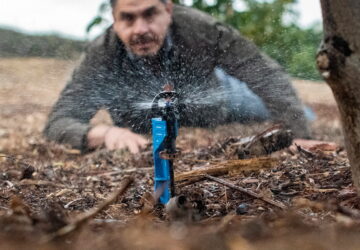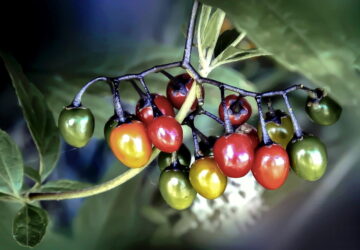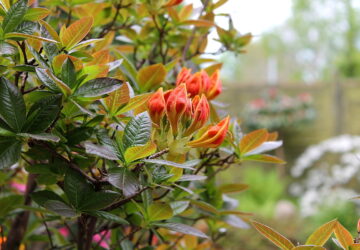Step into the realm of castor beans, a plant that demands both admiration and caution. In this article, we’ll delve into the intriguing allure of castor beans, highlighting their aesthetic appeal while emphasizing the importance of handling them with care due to their toxic nature.
Are you looking to add a touch of exotic beauty to your garden? Look no further than the magnificent castor bean plant (Ricinus communis). Known for its striking appearance and versatile nature, this ornamental wonder is sure to captivate any gardening enthusiast.

Majestic Beauty
With its large, glossy leaves and robust growth, the castor bean plant is a sight to behold. The leaves come in a variety of stunning colors, including vibrant green, deep burgundy and bronze. The plant can reach impressive heights, making it an excellent choice for creating dramatic focal points or adding vertical interest to your garden.
Architectural Delight
Castor bean plants possess a unique architectural structure that enhances the overall appeal of any landscape. The sturdy central stem supports the expansive foliage, creating an eye-catching display. The intricate patterns and textures of the leaves lend an exotic touch to your garden design, making it a true conversation starter.
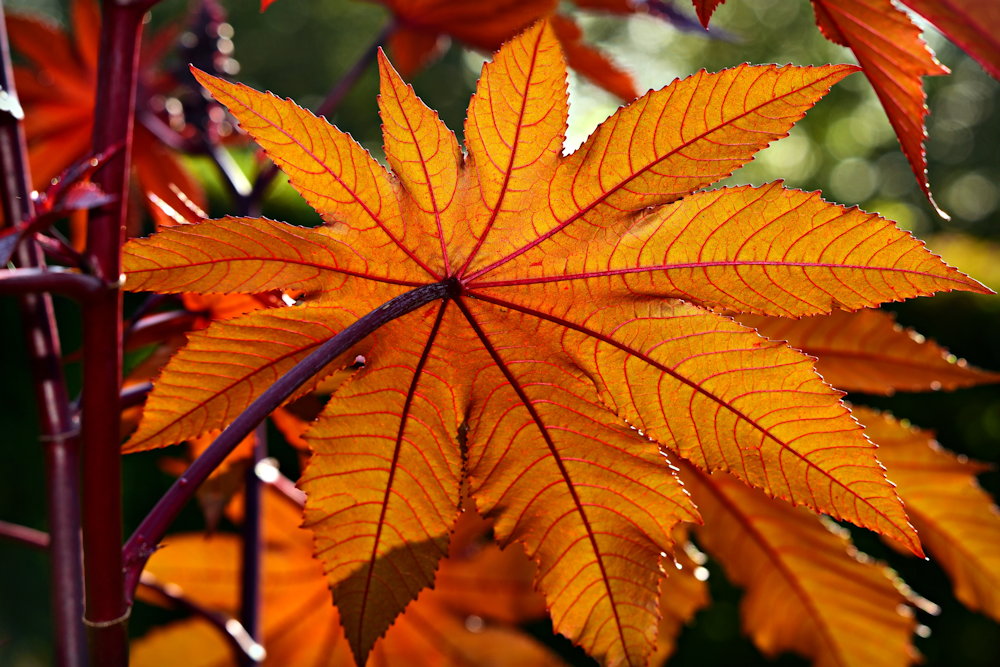
Low Maintenance
If you’re a busy gardener, you’ll be delighted to know that castor bean plants are relatively low maintenance. They thrive in a wide range of growing conditions, including both full sun and partial shade. Once established, they have excellent drought tolerance and require minimal watering. Additionally, these plants are generally resistant to pests and diseases, making them a reliable choice for your garden.
Versatile Landscaping
Castor bean plants are incredibly versatile, offering numerous possibilities for creative landscaping. You can plant them in borders, beds or containers to add height and structure to your garden. They also make fantastic backdrops for lower-growing plants and can be used to create natural screens or privacy barriers.
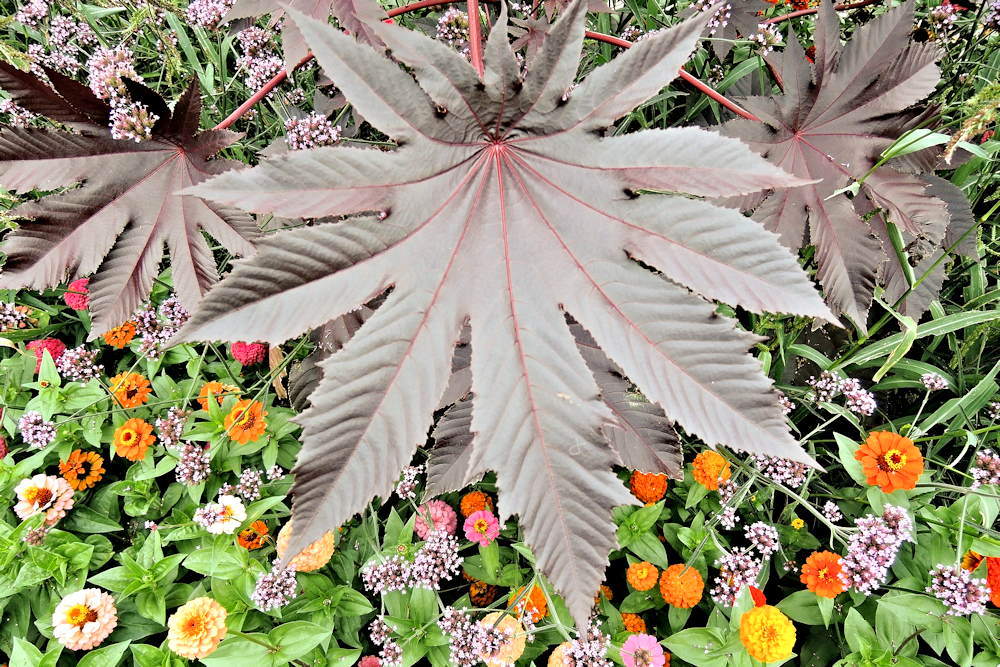
Wildlife Attraction
Beyond its aesthetic appeal, the castor bean plant also attracts various forms of wildlife to your garden. The flowers of Ricinus communis produce an abundance of nectar, attracting bees, butterflies and other pollinators. These beneficial creatures not only enhance the biodiversity of your garden but also play a crucial role in the pollination of other plants in the vicinity.

Managing Castor Bean Seeds: A Prudent Approach for Gardeners
It’s important to note that while castor bean plants are generally safe to grow in a garden setting, caution should be exercised due to the toxic nature of their seeds. The seeds contain ricin, a toxic compound that can be harmful if ingested. To ensure safety, it’s advisable to remove and dispose of the seeds properly before they mature.
In the realm of exotic ornamental plants, the castor bean plant holds a unique allure with its striking foliage and captivating presence. However, beneath its aesthetic charm lies a cautionary note concerning the seeds it produces. The castor bean seeds, renowned for their potential toxicity, require careful handling to ensure the safety of both gardeners and the surrounding environment.
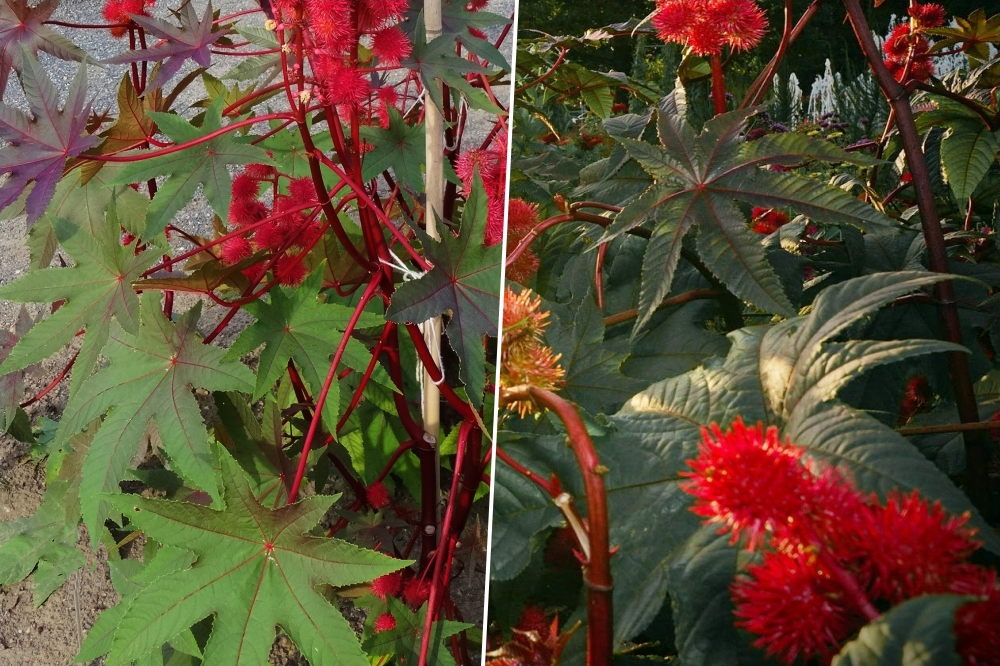
When cultivating the castor bean as an ornamental plant, it is essential to understand the significance of seed management. The seeds of the castor bean contain a compound called ricin, which is a highly potent toxin. While the ricin is largely contained within the seed coat and poses minimal risk during normal handling, it’s advisable to remove and dispose of the seeds properly before they mature. This precautionary measure helps prevent accidental ingestion or dispersal of the seeds, which could lead to potential harm.
To effectively manage castor bean seeds, gardeners can employ several strategies. First and foremost, regular monitoring of the plants is crucial. As the seed pods start to develop, it’s recommended to inspect the plants frequently to identify and remove any pods nearing maturity. By plucking these pods promptly, gardeners can minimize the risk of accidental seed dispersal and ensure a safer gardening environment. Additionally, it’s important to dispose of the removed seeds properly, preferably by sealing them in a bag and placing them in the trash. This helps prevent wildlife or curious pets from accessing the seeds and potentially encountering their harmful effects.
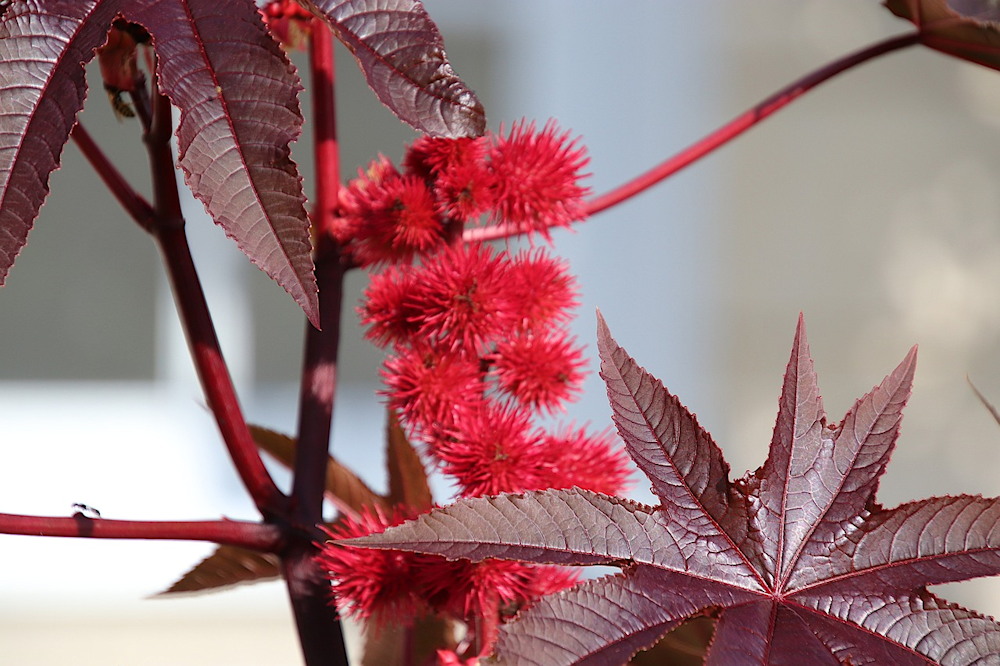
In summary, managing castor bean seeds is an integral part of responsible gardening when cultivating this exotic ornamental plant. By staying vigilant, removing mature seed pods and properly disposing of the seeds, gardeners can mitigate potential risks associated with the toxic properties of castor bean seeds, ensuring a safe and enjoyable gardening experience for all.
In conclusion, the castor bean is a captivating and resilient ornamental plant that can bring a touch of exotic charm to your garden. Its striking appearance, versatility and low maintenance requirements make it a favorite among gardening enthusiasts seeking unique and visually appealing additions to their outdoor spaces. So why not consider adding this remarkable plant to your garden and experience the wonders it can bring?
